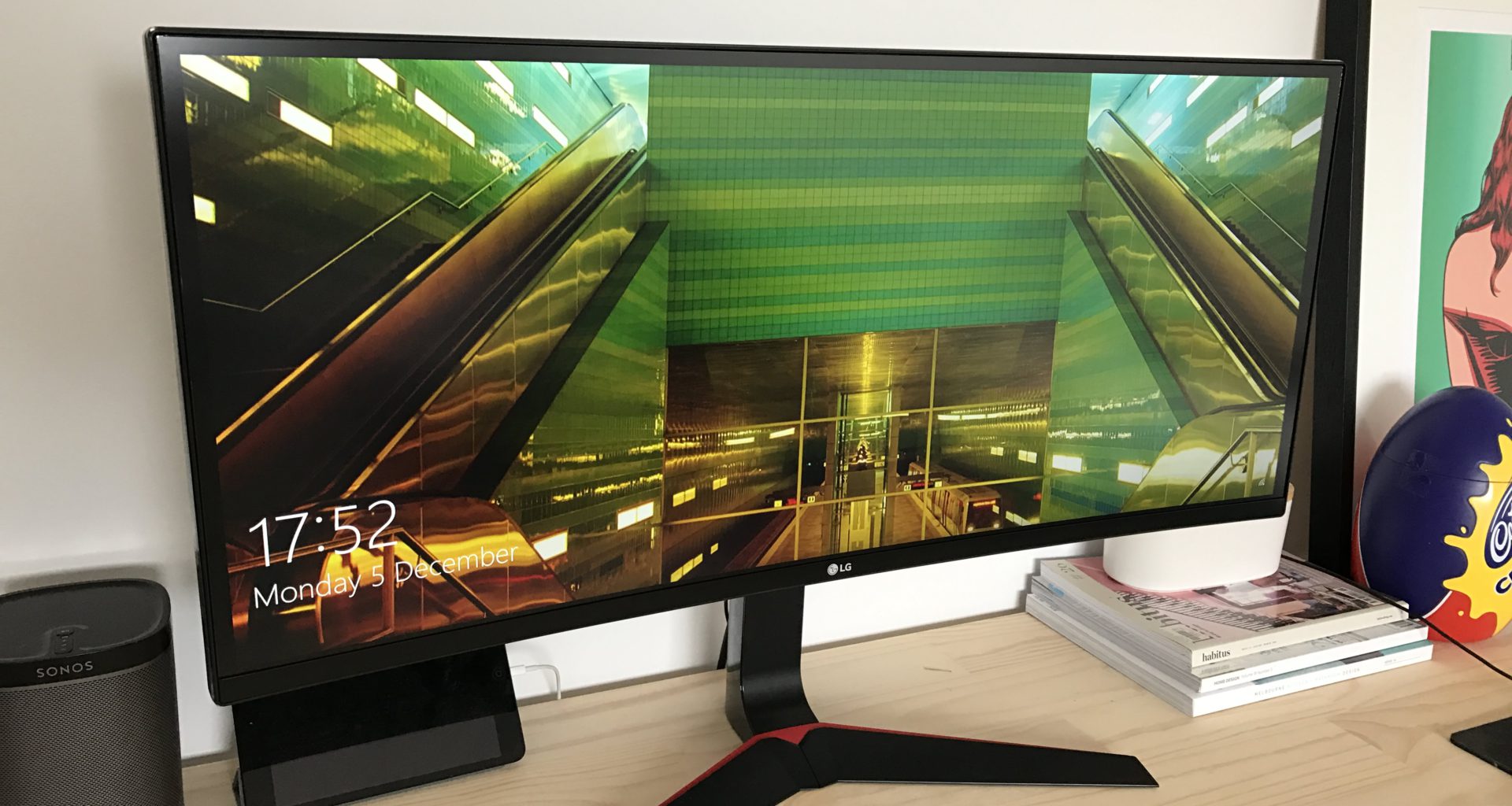Ultrawide monitors are becoming more and more popular amongst gamers. Their 21:9 screen ratio and curved displays allows for a more immersive experience than could ever be achieved from a single monitor setup before. They’re also very effective in the workplace and remove the requirement of adding a second monitor allowing desks to be decluttered. It’s because of this almost all of the major hardware manufacturers are now producing monitors of this ilk.
LG have entered the market with a bang announcing a slew of monitors earlier in the year at CES that are now just making it to market. The blandly named LG 34UC79G (also known as the LG 34UC79G-B) is their major offering in the ultrawide gaming market and represents a relatively low-cost option for high-end results.
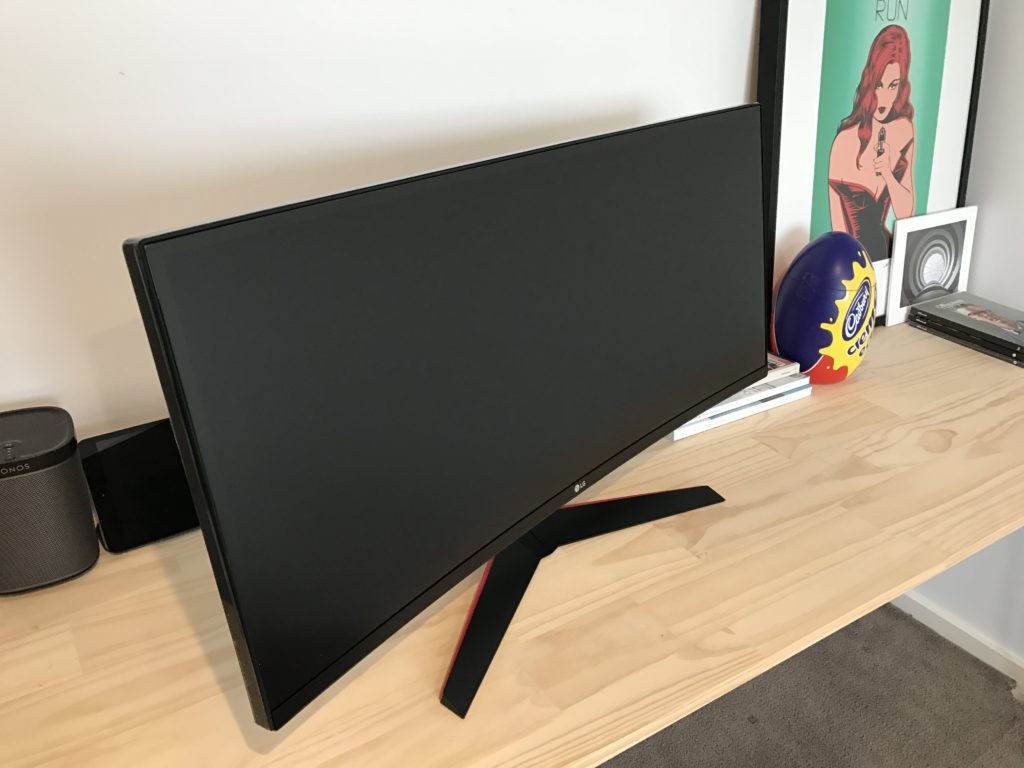
The LG 34UC79G is a 34″ curved ultrawide monitor with an AH-IPS panel running at up to a very satisfying 144Hz, which LG list as a world first. Being an IPS panel its colour reproduction and wide 178 degree viewing angle make it ideal for use in a large curved display. Where the specs do falter slightly is in the panel’s maximum resolution. Topping out at 2560×1080 the monitor isn’t quite up there with what’s a more common – and more expensive of course – resolution amongst ultrawides of 3440×1440.
A lower resolution panel isn’t necessarily a bad thing though. Depending on the rig powering it rendering on an ultrawide display does of course require more GPU strength. Also being ultrawide you do still have a lot of extra space to the sides so it’s not like you’re not running a standard 1080p display at all.
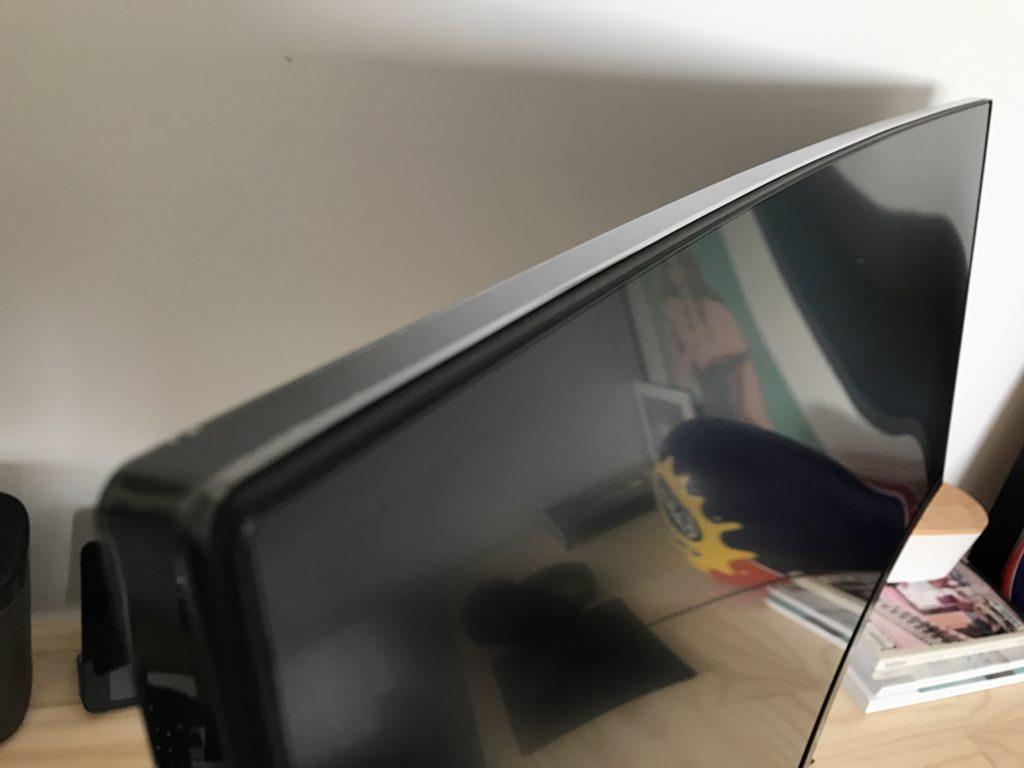
Additionally the monitor comes jam packed with a lot of hardware features baked in that make it even more appealing to gamers. The “1ms Motion Blur Reduction” mode for example reduces motion blur in highly demanding games like first person shooters where it has the monitor operating at virtually 1ms. Other features include “Dynamic Action Sync” which further reduces an already low input lag, “Crosshair” that turns on a super imposed crosshair on the screen and “Black Stabilizer”, which essentially pumps up the shadows of the image to reveal things that may be lurking in the darkness.
These added features can be turned on and off one by one or via presets that enable a set of features depending on the game you might be playing. Loaded into the monitor when you first receive it are a variety of presents that would suit most people ranging from FPS to RTS and of course MOBA.

Getting to the presets, as well as any of the monitor’s options, is done via a small easy to access nipple/joystick just under the centre of the screen itself. The menu system is a thing of beauty and I like that there’s a physical piece of hardware to control it instead of touch buttons that don’t work half the time or have a delayed response. Other monitor manufacturers take note; LG have absolutely nailed the menu system in my opinion. It’s simple, everything is less than a couple of movements away and the important things are immediately accessible as soon as you move the joystick.
The build of the monitor is of a high quality but ultimately nothing too special being primarily a matte black plastic enclosure accented with red highlights and sections of a glossy black. It has a simple method of dealing with cable management, which I really like, but does add some depth to the monitor sticking out from the rear rather than shoving a big hole in the main stand.
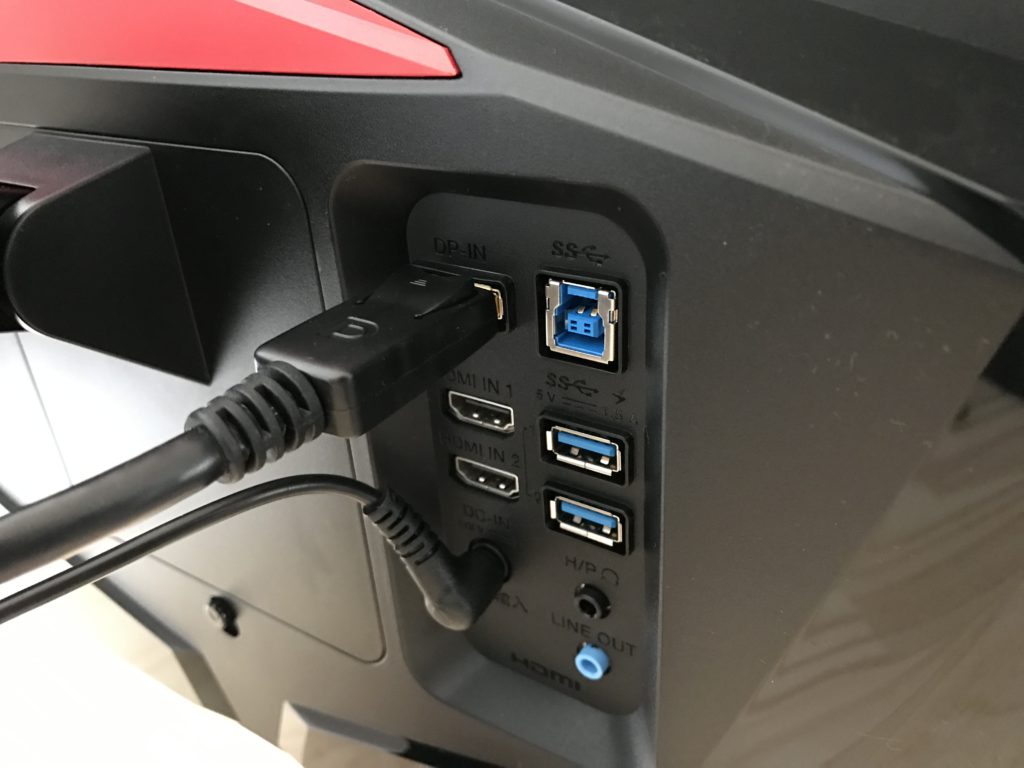
The monitor’s ports are located in the middle of the left half of the screen’s rear and are fairly standard. 1 Displayport 1.2, 2 x HDMI2 and 3 USB3 ports – 1 upstream, 2 downstream of which one supports USB quick charging. There’s also two audio outputs which turns the screen into a nice little audio hub.
Amongst the monitor’s connectivity options is a port for the unusual external power brick to connect to. This is the first monitor I’ve come across that doesn’t make use of a standard kettle cord to connect power. I’m not sure if I really like it or not. It keeps the monitor lighter and slightly thinner but then has a propriety connector. That said the brick itself takes a standard cord from the wall and at least this way if the power supply does pop after your warranty runs out you can always replace it easily. OK, maybe I do like it after all!
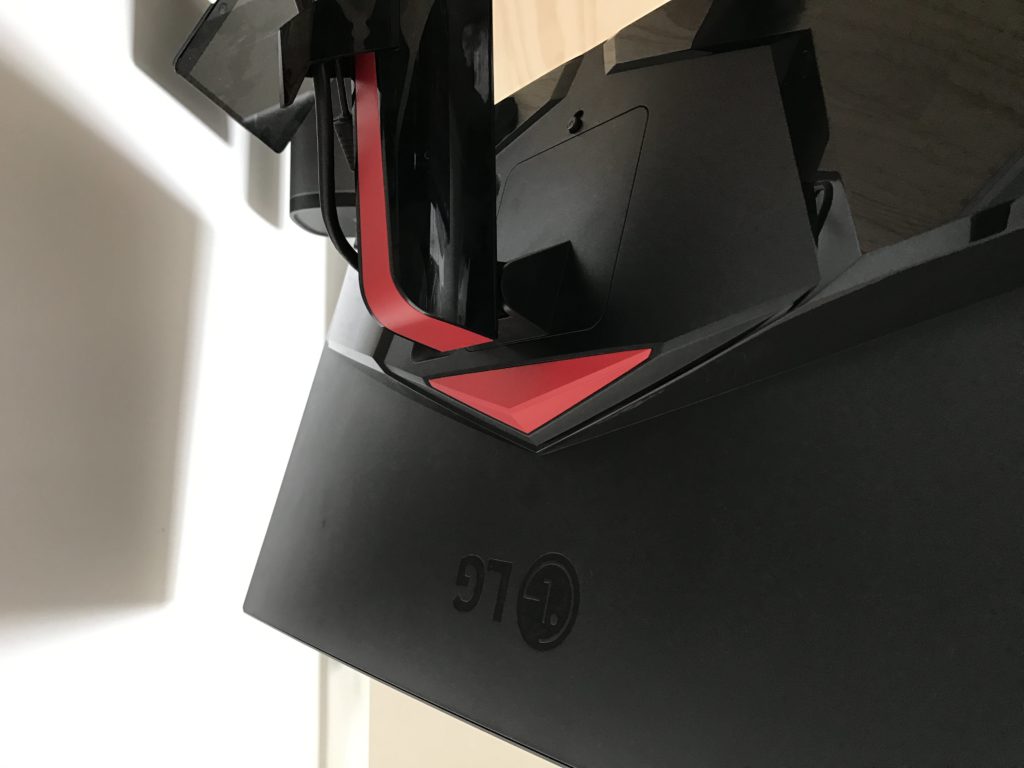
The more I use an ultrawide monitor the more sold on them I become. Using the 34UC79G for a few weeks now I’ve got nothing but good things to say about my experiences with it. 4K is definitely coming but at what cost? Like ultrawides when they were first released, 4K monitors are quite expensive not to mention the power required in a GPU to support playing a game at 4K with a remotely high frame rate.
What seems to put a lot of people off going down the ultrawide path is not so much the monitor itself but the support for the 21:9 format. Luckily for me I’ve not had that issue with any title that I play regularly thus far. Titanfall 2 and Dishonored 2, two titles I’ve recently played on the monitor, have been made nothing but better in ultrawide and even if it was a title that was 16:9 or 4:3 I think it’d be fine for the pay off in desktop real estate for anything I do that doesn’t involve gaming. Say video editing!
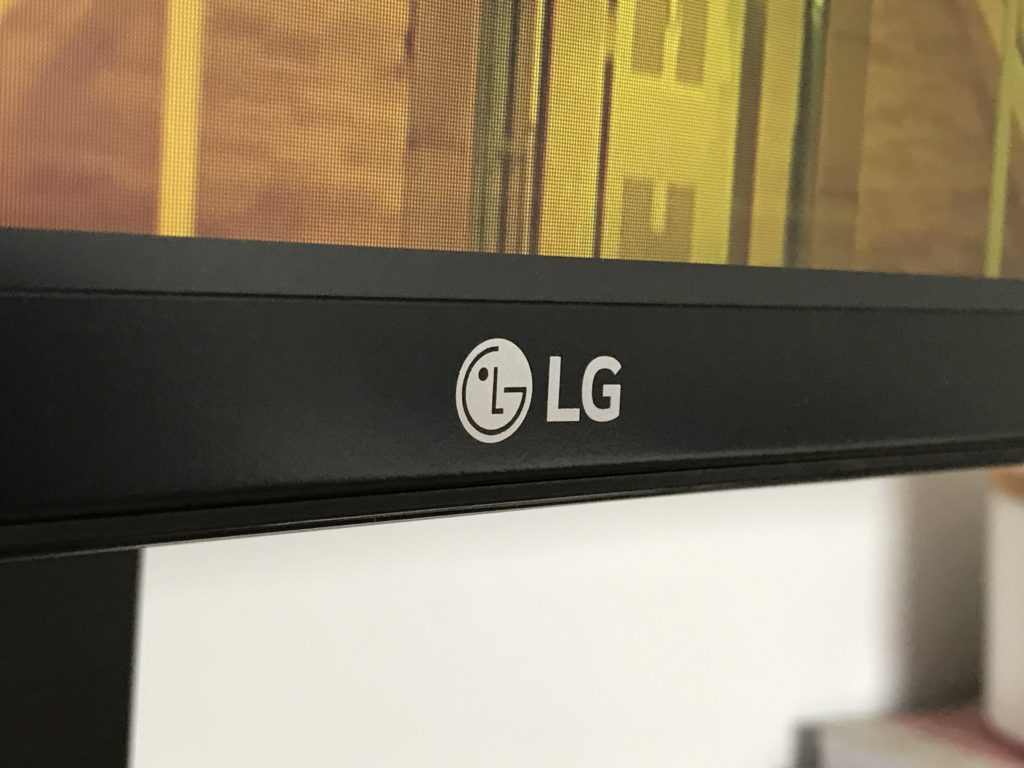
The LG 34UC79G is a great monitor, yes it’s aimed at gamers and has some amazing features tailored to gaming but it also works really well as a day to day display. It’s retail listing of A$1349 is definitely a little steep and largely because of it’s killer refresh rate but it’s not too hard to do some digging and find it for quite a lot less so don’t let the brochure’s price tag put you off too much!
